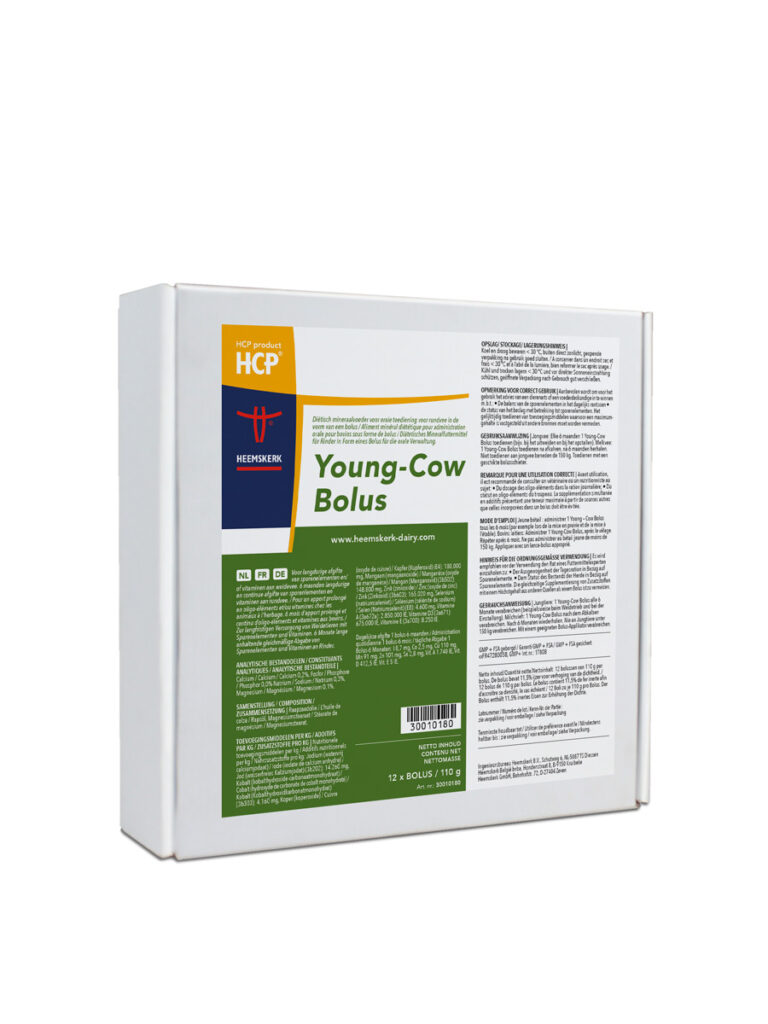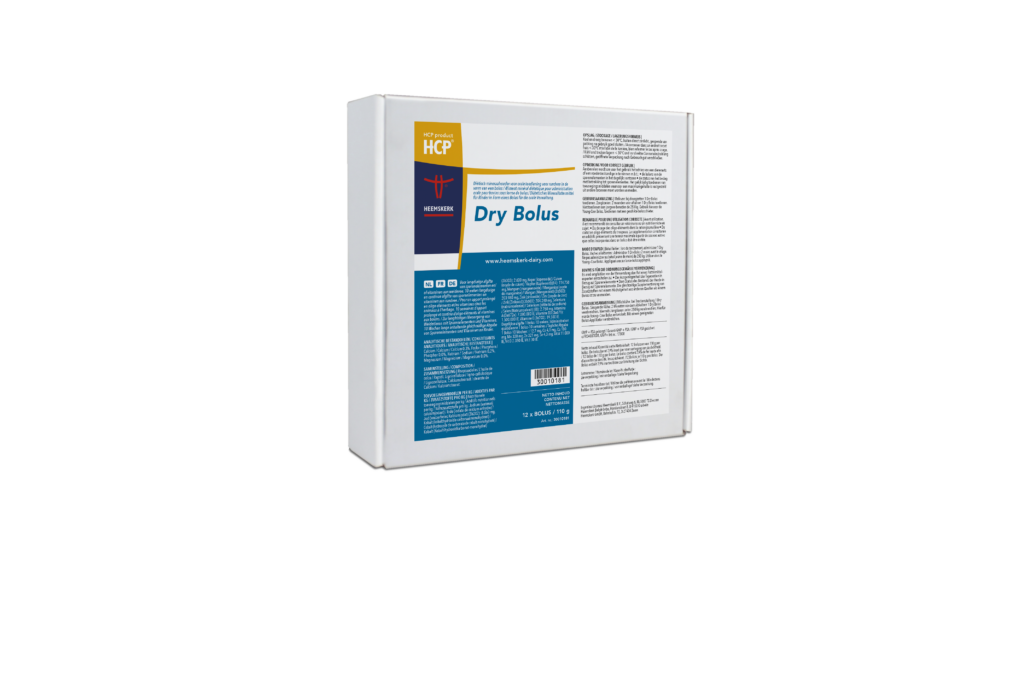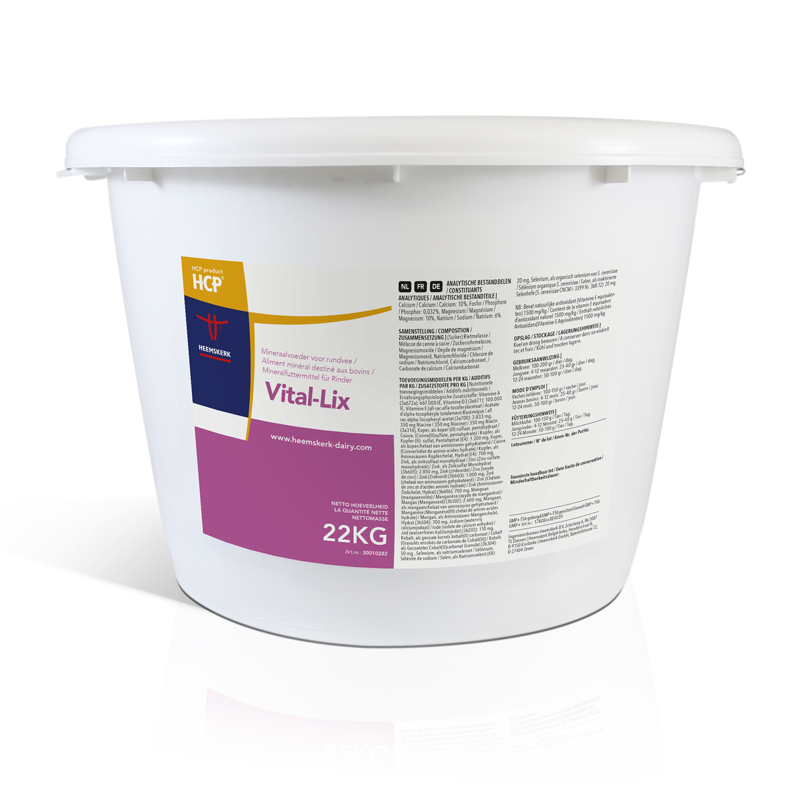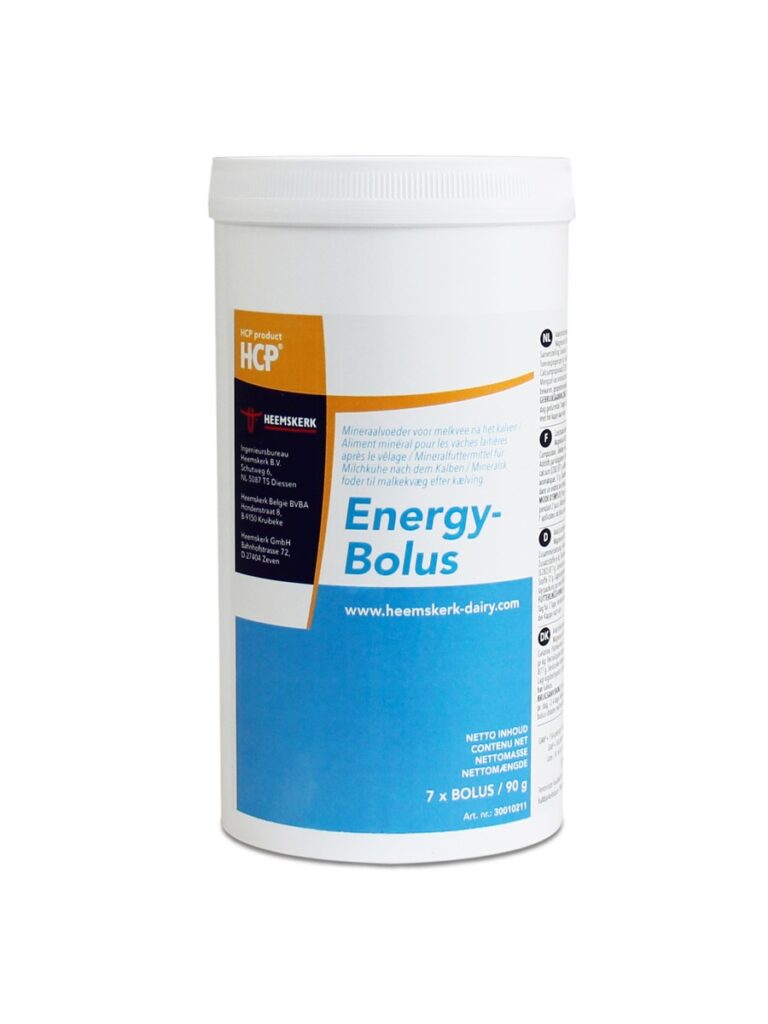Yearlings in the field, prepare them for a big milk yield!
Stimulated by a grazing incentive, more protein from own land or labour convenience. The fact is that the percentage of farms and the number of dairy cows grazing continues to rise. However, it is important to keep the mineral supply in order, especially when the yearlings soon go out to pasture.
As grazing cows becomes more and more part of the business, it is important that young stock is trained to graze. Practice shows that cows that learned to graze during rearing realize higher dry matter intake from fresh grass during lactation. Research shows that first-calf cows produce more milk as a result.
Optimal youth growth
Calcium, phosphorus and copper are very important for good skeletal development. For good resistance, growth and metabolism, the trace elements selenium, zinc, cobalt, manganese and iodine are similary important. In barns, rations can be controlled more carefully to better meet phosphorus requirements for the highest possible youth growth. Once animals are at pasture, it is no longer possible to supplement deficiencies through additional feeding.
Reduced fertility
When cattle are in the barn, the supply and status of trace elements is often still in order. Regardless of the basis and development stage of the crop, pasture grass usually contains insufficient trace elements or minerals. During the grazing season, this causes deficiencies in both young breeding livestock and beef cattle. The copper and selenium status are usually too low at the end of the grazing season. According to GD analysis, 15% of (young) cattle have a selenium deficiency. While in beef cattle, iodine is often too low.
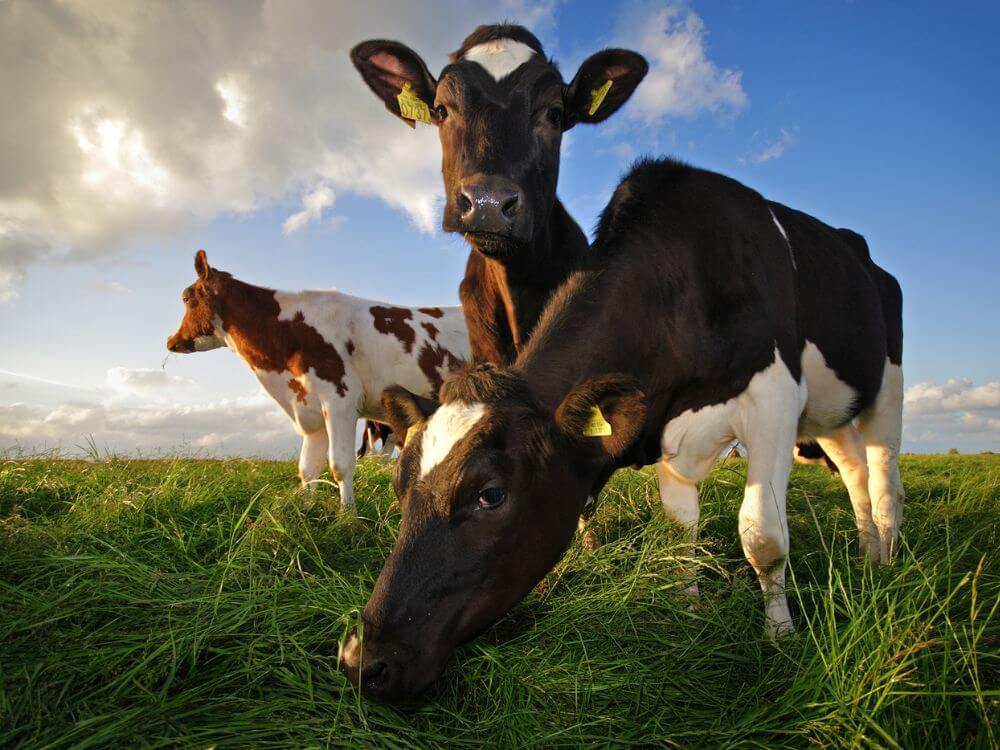
Underperforming growth
With regard to copper supply, another factor is that during grazing, its absorption is hampered by high levels of crude protein, iron, molybdenum and Sulphur. Deficiencies can have major consequences for both the heifer and the unborn calf. In heifers, growth will remain behind and fertility declines. The calves of heifers that have been deficient are more often weak and less lively.
Bolus meets daily needs
Fortunately, there are ways to improve the supply of vitamins and trace elements even during the grazing period. To meet the daily requirement of trace elements, a bolus is very effective. By administering a Young-Cow Bolus, the heifers receive a sophisticated dose of trace elements for 6 months for a good metabolism and resistance support. It also contains extra vitamins A, D and E. The Young-Cow Bolus can be administered to young cattle from 150 kg. They usually reach this weight when they are about 5 months old.
Tasty lick block
Another simple solution for providing vitamins, minerals and trace elements is via a licking block or licking bucket. Vital-Lix contains a significant proportion of stable and organic bound trace elements which support resistance, fertility, udder health and claw health. It is extra tasty and available as a licking block or licking bucket.
Besides boluses for young stock, we also have boluses for high-pregnant animals and lactating cows in our range. Check it out here.

